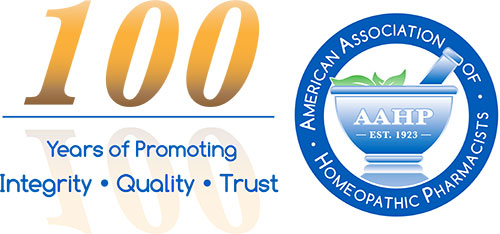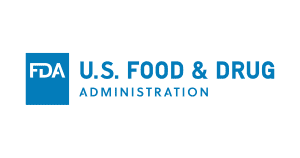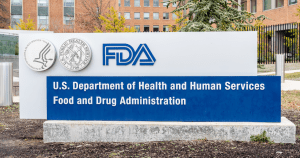Summary of FDA’s “Report on the State of Pharmaceutical Quality: Fiscal year 2021”
By Mark Land, M.S., RAC, AAHP President Introduction In August of 2022, the United States Food and Drug Administration (FDA) published its fourth annual Report on the State of Pharmaceutical…
FTC Updates Health Claims Substantiation Guidance
By Alvin J. Lorman, AAHP Legal Counsel The Federal Trade Commission last month released a lengthy guidance document on the substantiation it expects for health claims, Health Products Compliance Guidance.…
FDA Warning Letters for Skin Tag and Mole Removal OTCs
By Alvin Lorman, AAHP Counsel The Food and Drug Administration (FDA) has reminded two OTC drug manufacturers that mole and skin tag removal are prescription-only indications. The agency issued Warning…
The Legal Status of the HPUS as an Official Compendium
By Al Lorman, AAHP Counsel Pharmacopoeias have been around for thousands of years. Historically, they provided the medical community with critical information necessary to make (and sometimes use) drugs. In…
Recent HPCUS Meetings and Updates
By Eric Foxman, Pharm. (Ret.), AAHP Secretary The Homeopathic Pharmacopoeia Convention of the United States held its annual meeting in the latter half of April. This included both the Board…
The Homeopathic Pharmacopoeia Convention of the United States Continues to Play a Vital Role
By Mark Land, AAHP President The first edition of the Homeopathic Pharmacopoeia of the United States (HPUS) was first published in 1897 – 125 years ago! Since FDA’s 2019 draft…
Case Study: Updating & Revising HPUS Monographs
By Eric Foxman, Pharm. (Ret.), AAHP Secretary | What is the process through which the Homeopathic Pharmacopeia Convention of the United States (HPCUS) revises monographs? What role can subscribers and non-members play in this activity?
23 Comments
Leave a Comment
You must be logged in to post a comment.






1candelabra
gay widow chat site https://bjsgaychatroom.info/
gay dating long term relationship oriented guys into spanish https://gaypridee.com/
free rulette gay chat https://gaytgpost.com/
free gay chat rooms https://gay-buddies.com/
the best free gay hookup and dating sites https://speedgaydate.com/
lincoln slots https://2-free-slots.com/
free slots/penny https://freeonlneslotmachine.com/
free classic 7s slots https://candylandslotmachine.com/
free penny slots vegas https://slotmachinesworld.com/
free netbet slots https://slotmachinesforum.net/
dgn free slots https://slot-machine-sale.com/
777 slots https://beat-slot-machines.com/
sexy girl slots https://download-slot-machines.com/
mod the sims more slots https://411slotmachine.com/
free casino games slots https://www-slotmachines.com/
slots era cheats https://slotmachinegameinfo.com/
dissertation writing services sri lanka https://buydissertationhelp.com/
uf dissertation checklist https://dissertationwriting-service.com/
phi kappa phi dissertation fellowship https://help-with-dissertations.com/
proposal and dissertation help 2000 words https://mydissertationwritinghelp.com/
dissertation help in bangalore https://dissertations-writing.org/
dissertation length https://helpon-doctoral-dissertations.net/